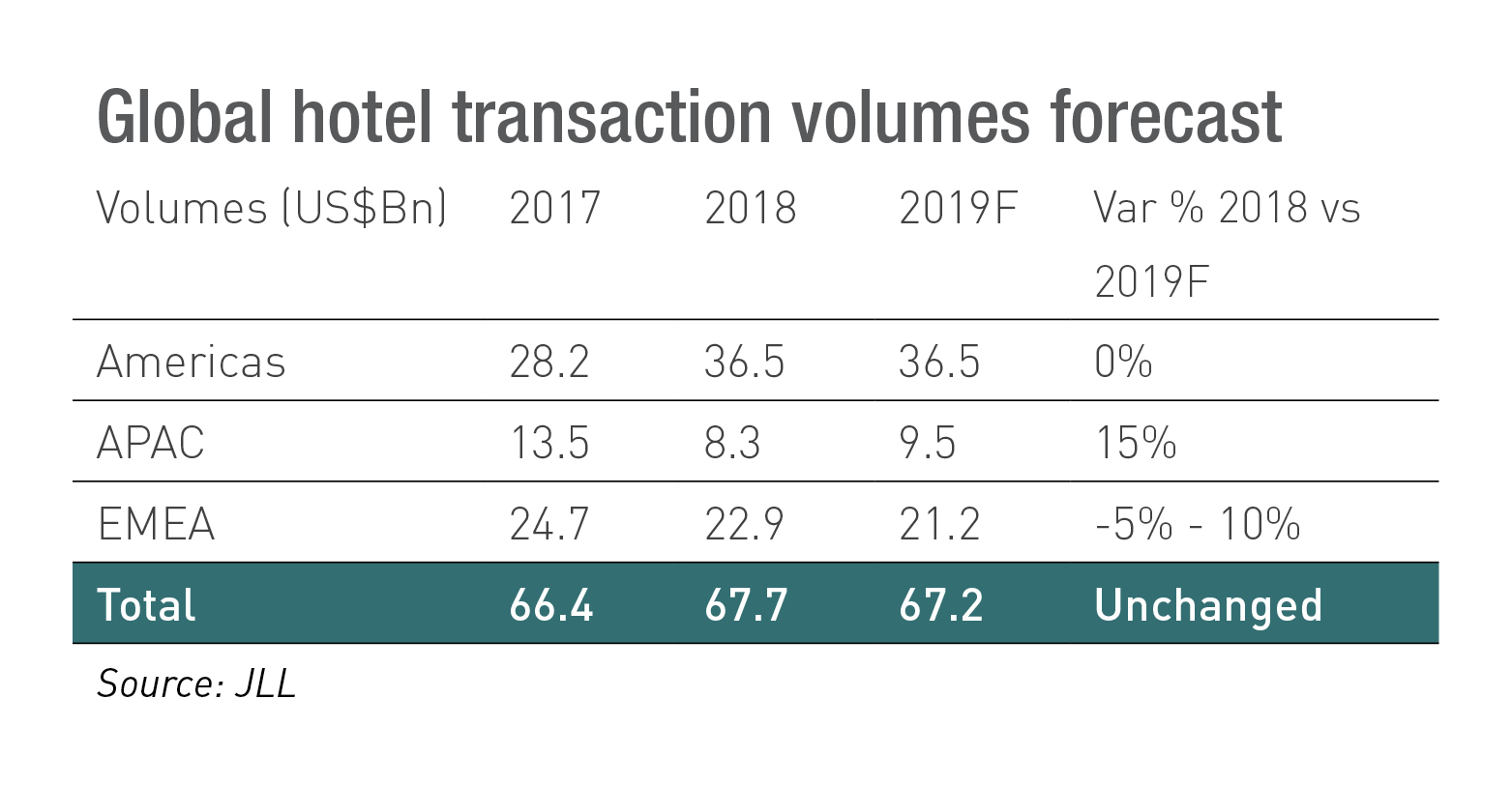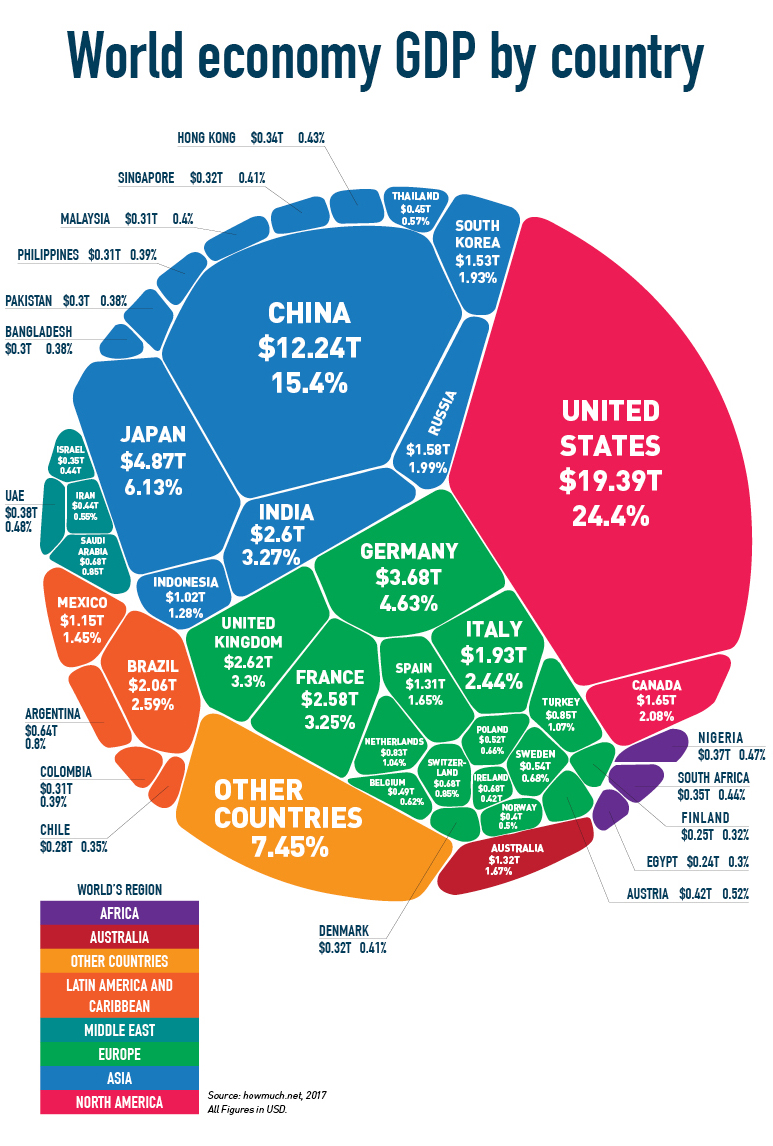Cromwell achieves new highs results in Global Real Estate ESG Assessment
Real estate investor and fund manager Cromwell Property Group (ASX:CMW) (Cromwell) has delivered record high company benchmarks in the annual Global Real Estate Sustainability Benchmark (GRESB) global rankings.
GRESB is an independent organisation that provides validated ESG performance data and peer benchmarks for investors and managers to improve business intelligence, industry engagement, and strategic decision-making.
The 2023 GRESB ESG Benchmark has become increasingly competitive, growing to cover more than USD$ 8.8 trillion of gross asset value across 2,084 real estate entities. GRESB data is utilised as an investment decision-making tool by over 170 institutional investors with more than US$51 trillion AUM.
Group Head of ESG, Lara Young, said Cromwell Property Group our longstanding participation in the assessment is a good opportunity for the organisation to demonstrate its ongoing commitment to enhance its ESG performance and test itself against the worldwide market.
“Participation in GRESB is Cromwell’s opportunity to measure our ESG performance against our peers, and this year’s efforts have not disappointed.” said Ms. Young.
- The Singapore-based Cromwell European Real Estate Investment Trust (CEREIT) achieved a record-high overall score of 85 points in the 2023 GRESB Real Estate Assessment, with full marks for social and governance aspects. CEREIT was awarded a four-star rating – up from a three-star rating last year – and achieved a public disclosure score of a perfect 100, placing first out of its five peers.
- The Cromwell Diversified Property Trust (DPT) maintained its score of 87 points, ranking 28th out of 41 participating listed Australian office portfolios and achieving 95 out of 100 (A Grade) for public disclosure. With Australia’s real estate sector leading the world in sustainability, ranking first in GRESB for the last 12 consecutive years, DPT has consistently performed well against the hyper-competitive local market.
- Cromwell Polish Retail Fund (CPRF) achieved a five-star rating and a record-high overall score of 90 points, ranking 11th out of 32 European retail non-listed peer funds and 17th out of 87 in the European Retail category.

“Not only have we exceeded our previous overall scores, but for all three disclosing portfolios -CEREIT, CPRF, and Cromwell’s investment portfolio, DPT – we have increased our scores across all categories, placing them well above global and industry peer averages,” said Ms. Young.
“These results would not be possible without a huge team effort and collaboration from our investors, tenants, supply chain partners, and the broader Cromwell team, and we would once again like to share our thanks to everyone involved.”
Cromwell will publish its FY23 ESG report in early December 2023.







